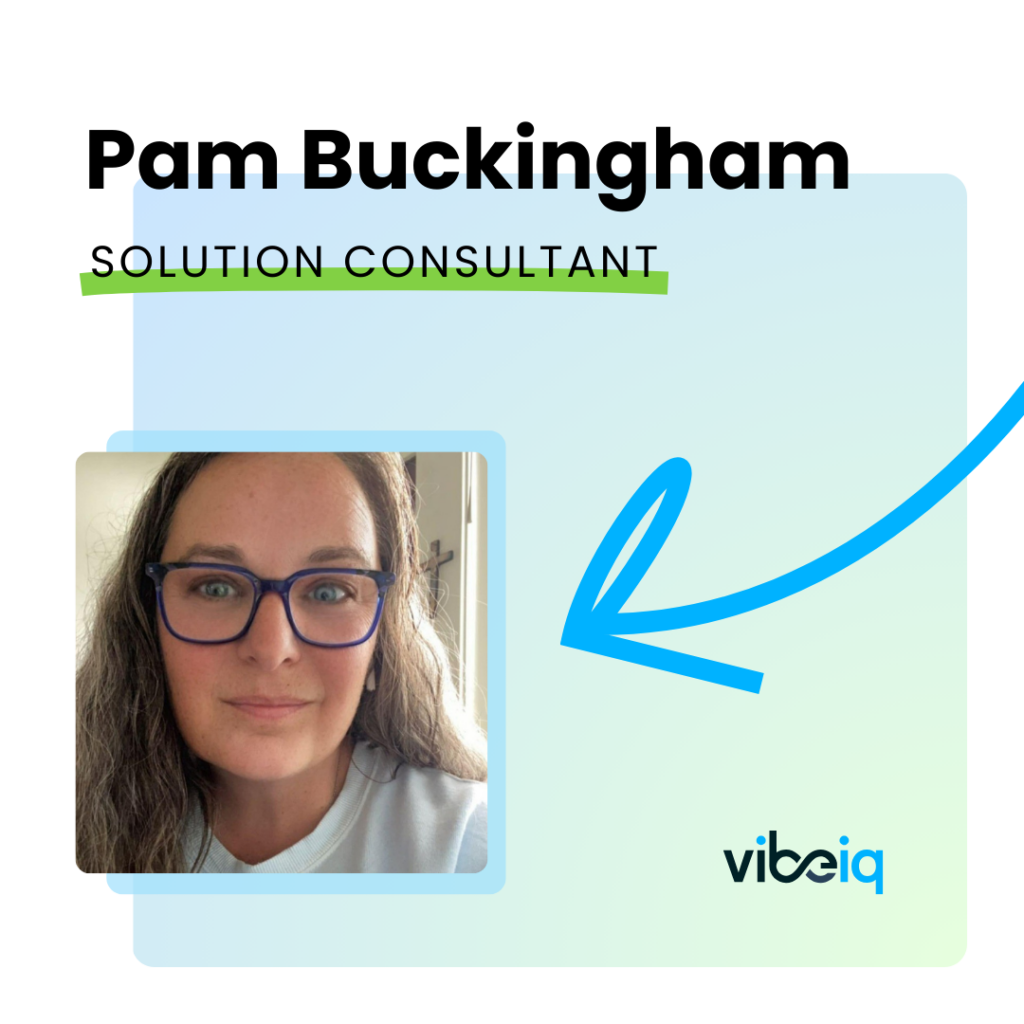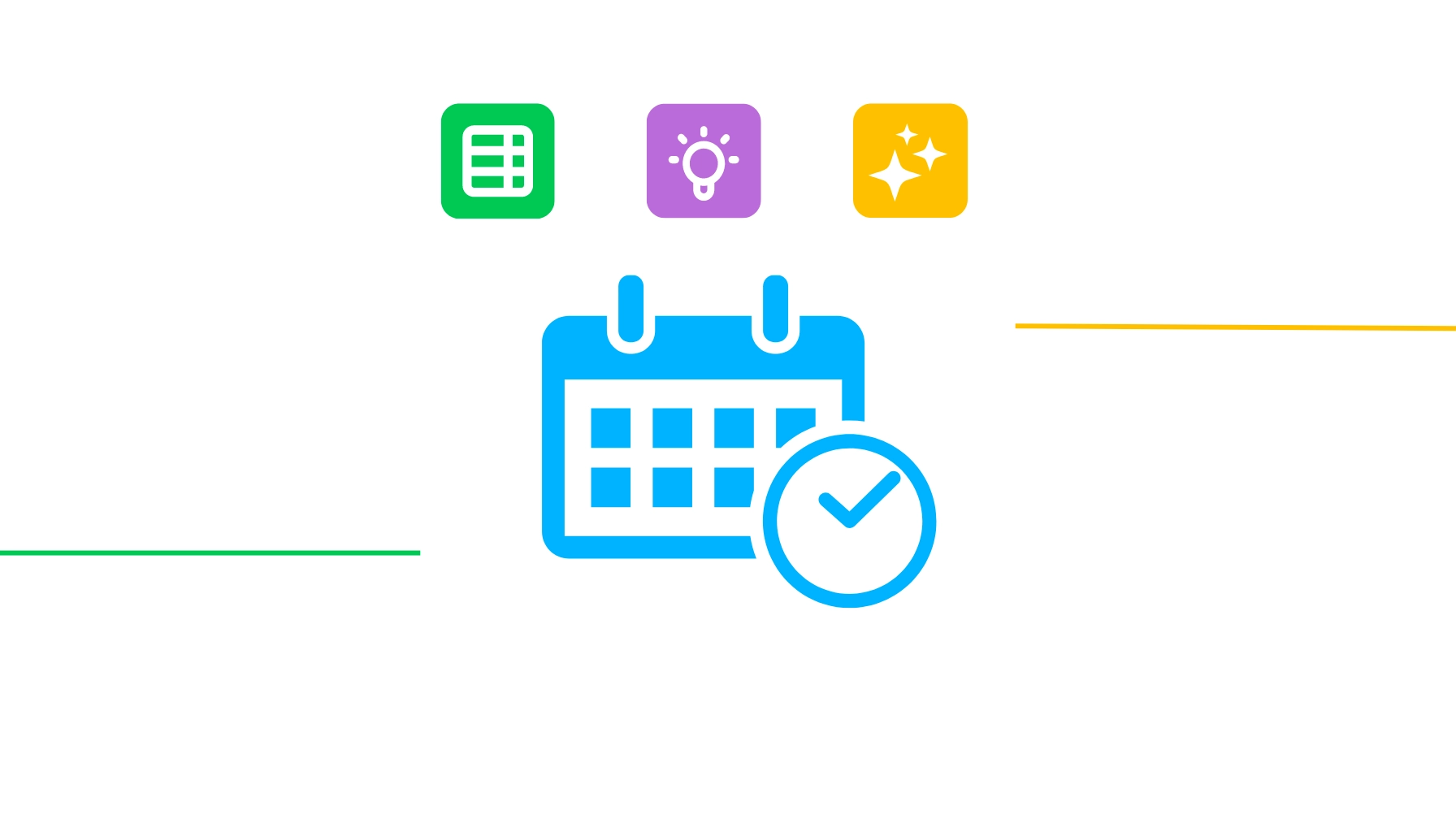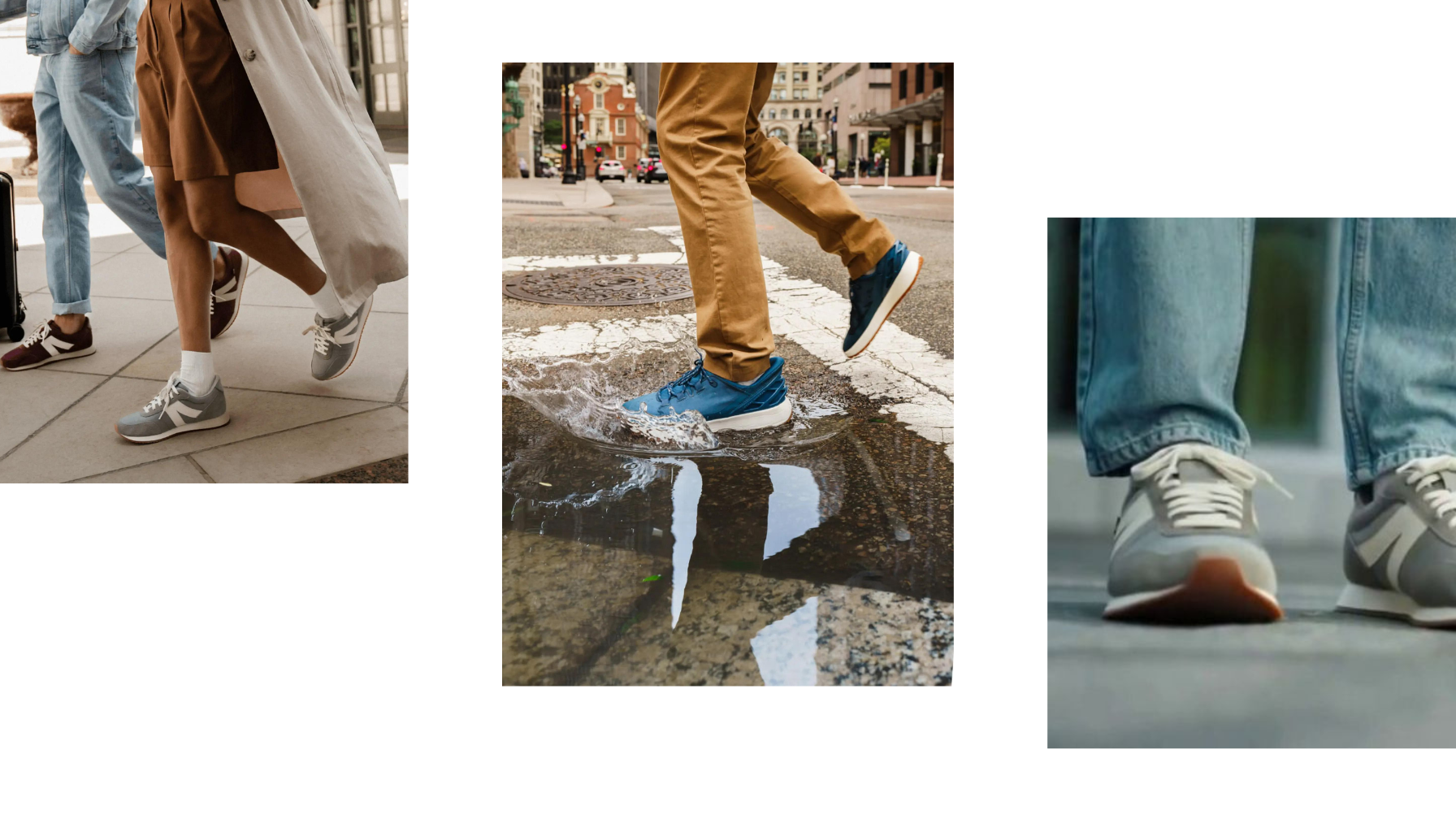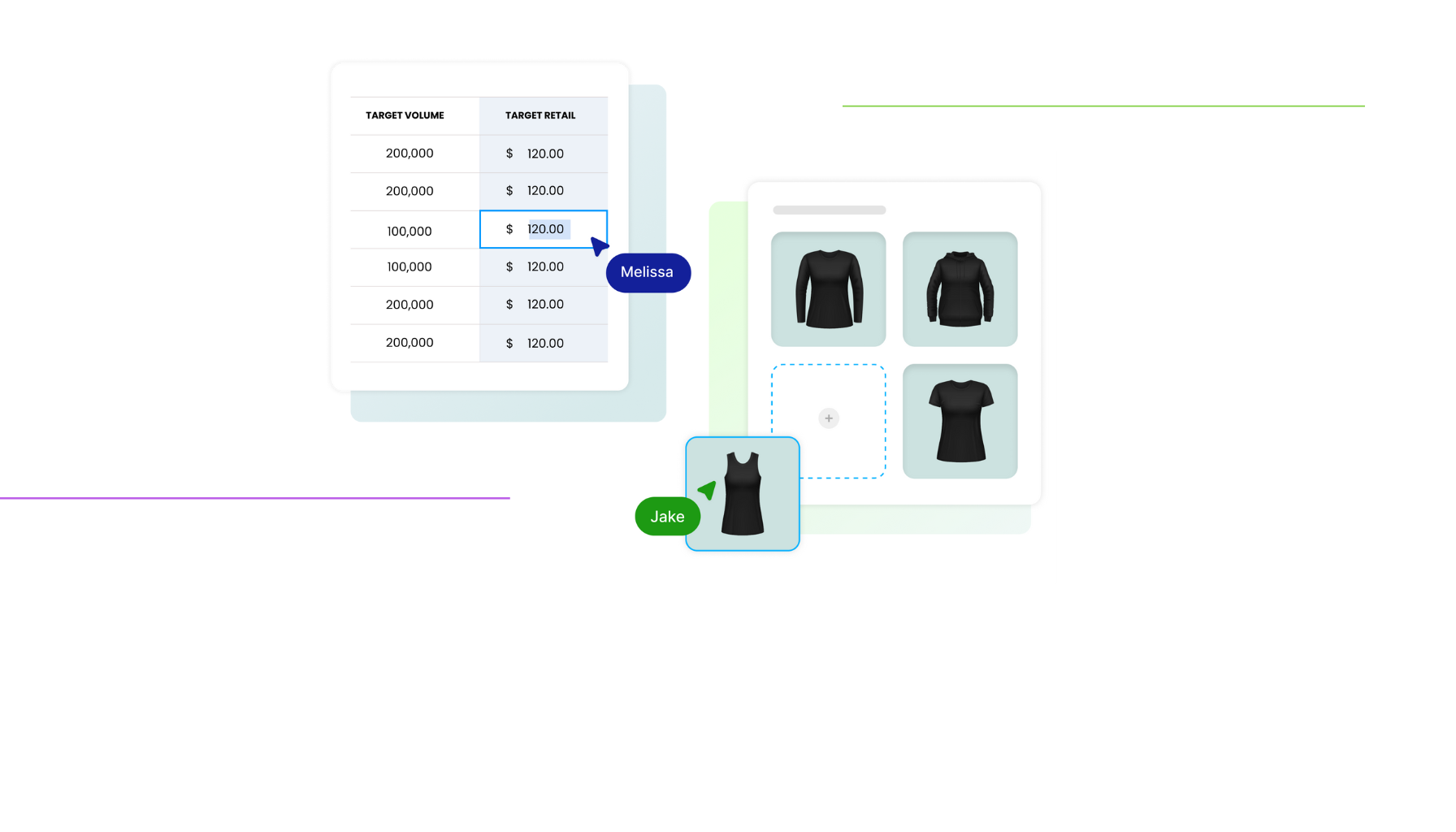In an industry blending tradition with the latest tech, my journey in fashion technology has been quite a ride. Growing up in the “rag business” as my dad called it, I was surrounded by oaktag paper patterns and the Sonny Young speed grader. Back then, in the midst of all that creativity, I had no clue that my love for detail would lead me into the world of fashion tech.
The Genesis of a Tech-Infused Career
Back in 1989, I got my start in this field thanks to my dad’s legacy. With the help of some industry pros, my love for tech really took off. I was hooked on computer-aided design (CAD) systems – they opened up a whole new world for me to perfect pattern making, grading, and marker making with incredible accuracy. This digital journey led me to study at the Boston School of Fashion. Despite sticking to traditional methods, my passion for tech’s role in creating products only grew stronger.
The first part of my career was all about diving deep into product development, especially during my time at Patagonia where I led grade and fit for almost 15 years. It was there that I implemented my first Product Lifecycle Management (PLM) system in the early 2000s. Just like CAD changed the game, PLM was another big step in digitizing how we develop products. Bringing together style definitions, costing, Bill of Materials (BOMs), and tech packs in one system was groundbreaking. My late nights building the PLM system turned into a bit of an obsession, fueled by my drive to improve collaboration with my team.
The Uncharted Path to Collaboration and Ideation
Collaborating with some top global brands, I focused on blending business processes with tech, especially in the pre-purchase order area. I have implemented several PLM systems over the years with great success. Even with powerful PLM systems, there was a gap in fostering smooth ideation between Merchandising and Design teams. Traditional PLM setups, bound by strict data rules, often hindered creativity in the initial stages of bringing products to market.
Pre-production personas with an engineering perspective found PLM super helpful. You see, Technical Design, Costing, Raw Material development, and Sourcing all rely on this tool, but they’re not really looking for it to be all flashy and trendy! On the other hand, Merchandising and Design are a bit more particular about that.
Apart from managing data and design intent, these personas also need to spin a good creative yarn around the products and collections. They want to showcase the line in a storytelling format, not just a boring old list. It’s all about presenting the line creatively to capture the brand’s narrative. So, many brands hold off entering their products into PLM until the line is finalized, using disjoined tools for ideation and collaboration.
The Pandemic as a Catalyst for Innovation
The advent of COVID-19 underscored the necessity for a highly visual tool adept at bridging the communication divide amongst creative teams scattered across the globe. The traditional methods of collaboration were rendered obsolete overnight, ushering in an era of digital line collaboration tools that would redefine the future of fashion tech.
Among the myriad of solutions encountered, VibeIQ stood out, mirroring my belief that “Product is king”. This suite of cloud-based applications was poised to replace the fragmented ecosystems of Excel, PowerPoint, and whiteboarding tools like Mural and Miro. At its core, VibeIQ championed the essence of product-centric collaboration, seamlessly integrating into the early ideation phases where product details were fluid and undefined.
Transforming the Journey from Product Ideation to Go-to-Market
Plan is an app that replaces Excel with a flexible spreadsheet tailored for early-stage ideation when product details are still fluid. It allows for minimal input on new products that can be refined as the line progresses. Placeholder entries with “TBD” prevent data roadblocks seen in PLM, offering the ability to transition items from prior seasons while choosing style definitions and imagery. This empowers brands to capture product line evolution sooner, fostering collaboration with global teams and ensuring uniform data integrity from the outset, reducing redundant data entry across various platforms.
On the other hand, the Boards application enhances traditional whiteboarding tools like Miro and Mural with a focus on storytelling and creativity. It enables users to feature products with compelling narratives specific to each season or collection, incorporating diverse image formats, including 3D visuals, and non-product content to enrich the brand story.
A key advantage is the seamless connection between products on the board and the most up-to-date style definitions and image references, eliminating the need to cross-reference multiple sources for accuracy. Any updates made in the Plan application, such as price adjustments or colorway changes, reflect instantly across all VibeIQ suite documents, streamlining the presentation process and ensuring data consistency.
Showcase is like PowerPoint on steroids, focusing on products. Research shows that Design and Merchandising teams spend 30-40% of their time double-checking style definitions and images are correct in multiple presentations throughout the go-to-market process. This inefficiency eats up creative team members’ time without directly enhancing the product. Handling multiple seasons at once, each with numerous SKUs, can be a juggling act. Products may go through different seasons, color variations, and delivery windows, making appearances in various presentations at different go-to-market milestones. Any image or data changes trigger a chain reaction that’s tough to manage, potentially leading to document inaccuracies. While users may try updating their materials, ensuring colleagues don’t hold onto outdated copies with wrong info poses a challenge.
VibeIQ makes sure that everyone on the team can access the latest line definition, providing transparency in a complex business process. Imagine going through any communication in the go-to-market process without the hassle of cross-referencing multiple excel sheets or checking a shared drive for image updates. This simplifies decision-making as I can trust the information on the screen, no matter the stage of the process.
I’m genuinely excited about a solution that can truly revolutionize how people collaborate! I saw the VibeIQ suite’s advantages when my team used it at a well-known luxury brand, where we were customer #3. Since my first encounter with the solution, I knew it would revolutionize a complex and dynamic business process in a special way. After experiencing and comparing it with competitors’ tools, I can confirm that none offer the flexibility and freedom that VibeIQ does. I was so impressed that I made the decision to join the company!
In my upcoming blog series, we’ll explore different business processes and how VibeIQ can enhance your go-to-market strategy.

Ask me how!
The opportunities are endless! Instead of just digitizing your current methods, let VibeIQ shape your future.


